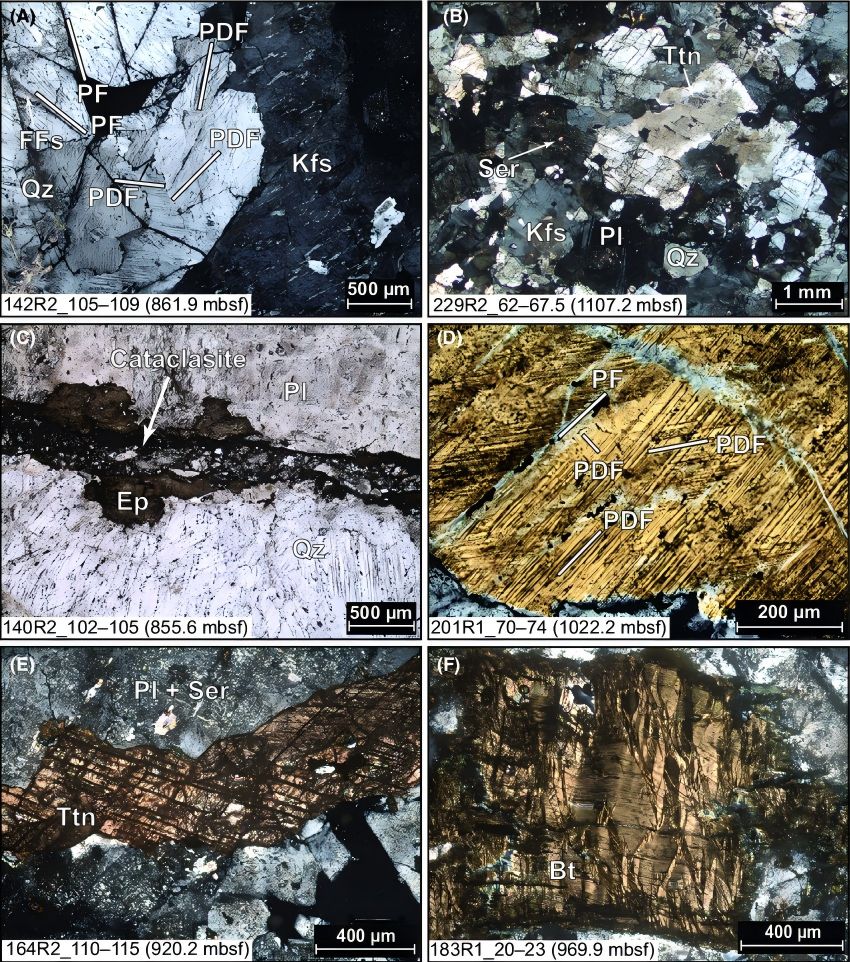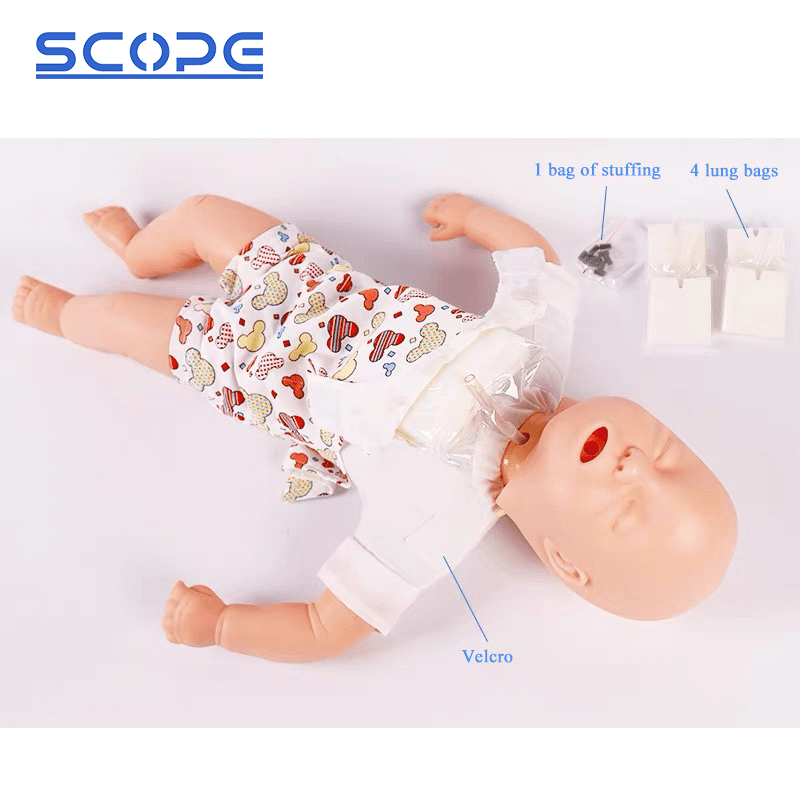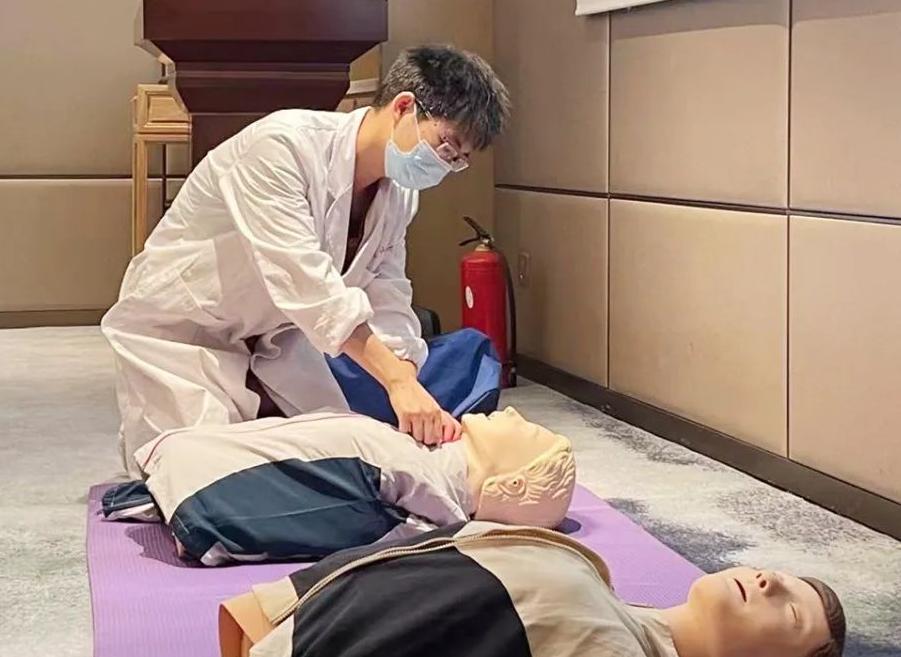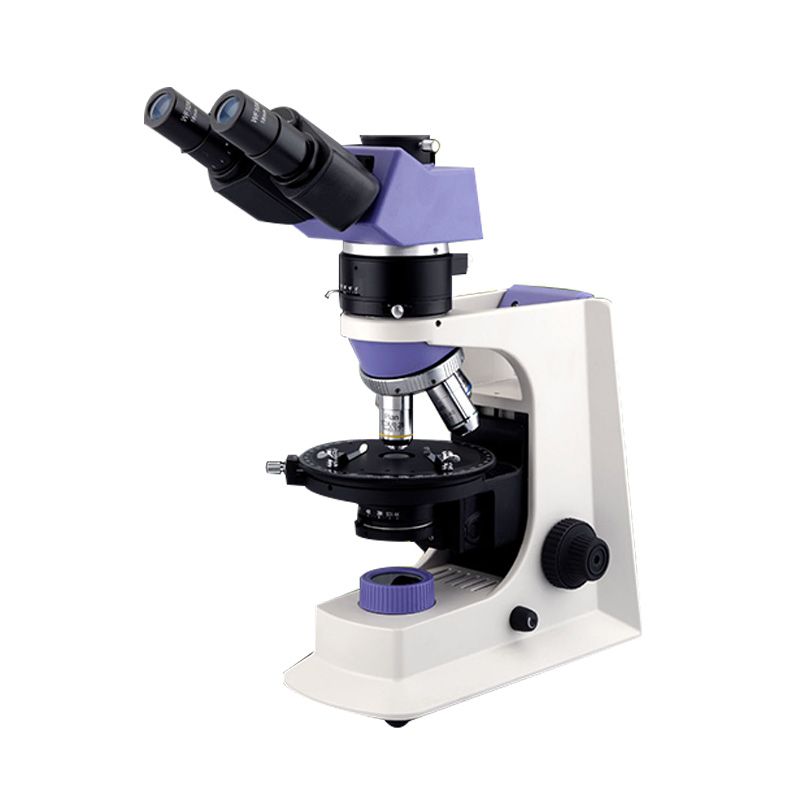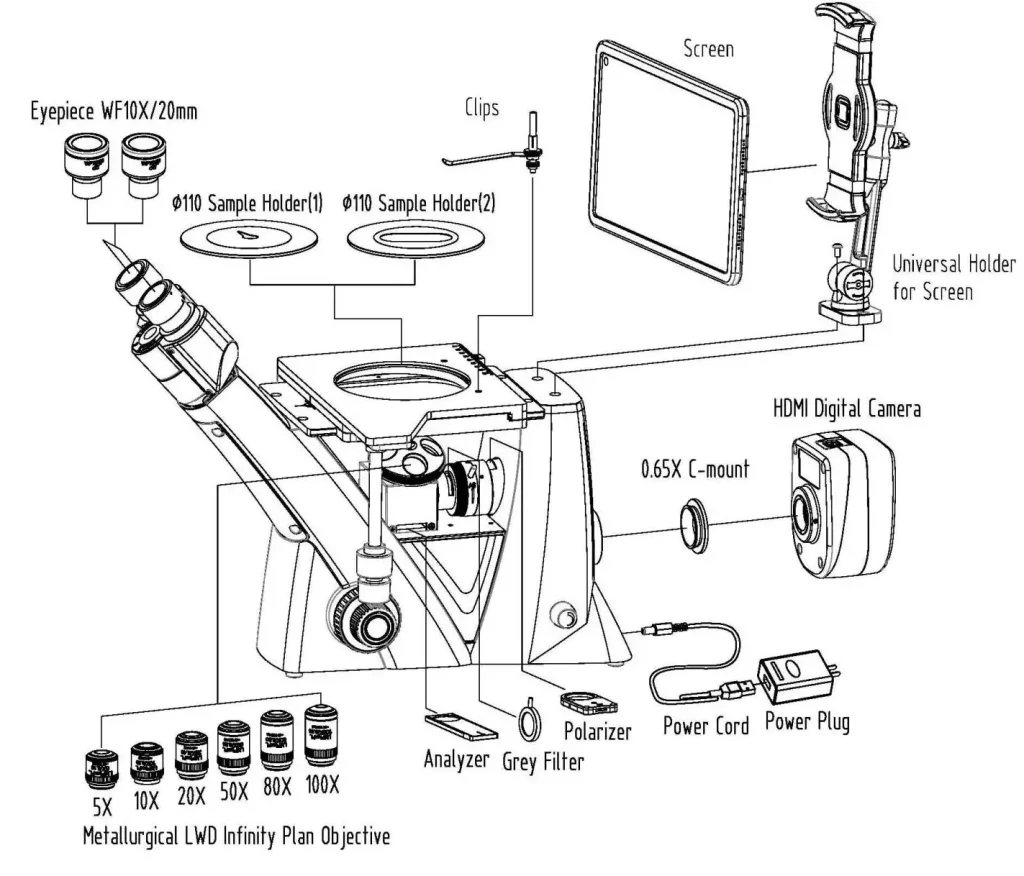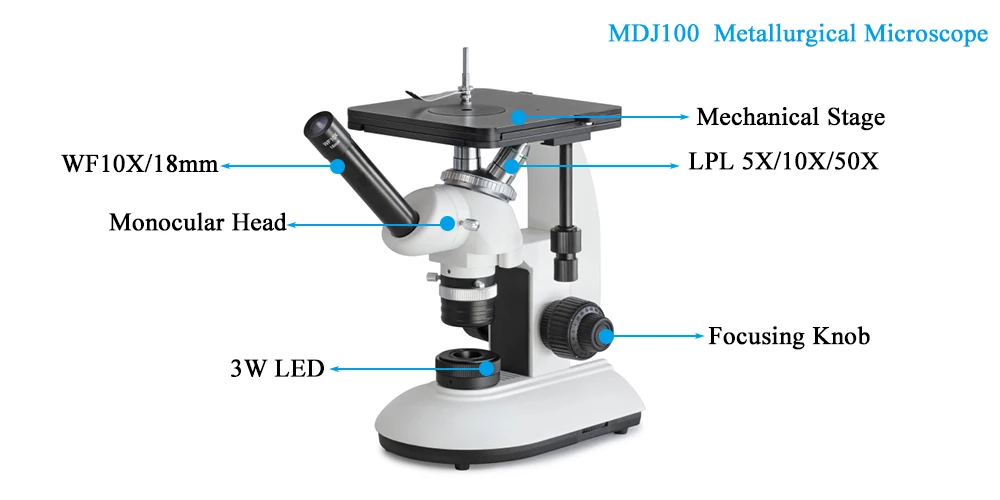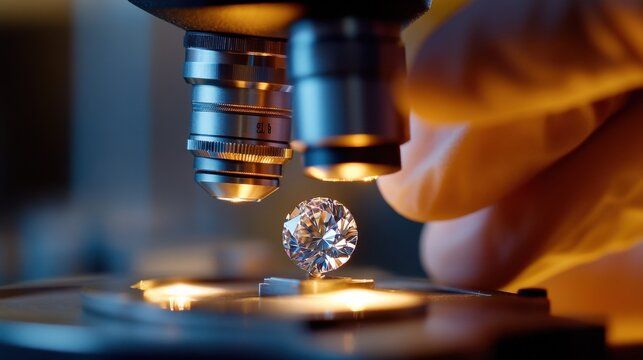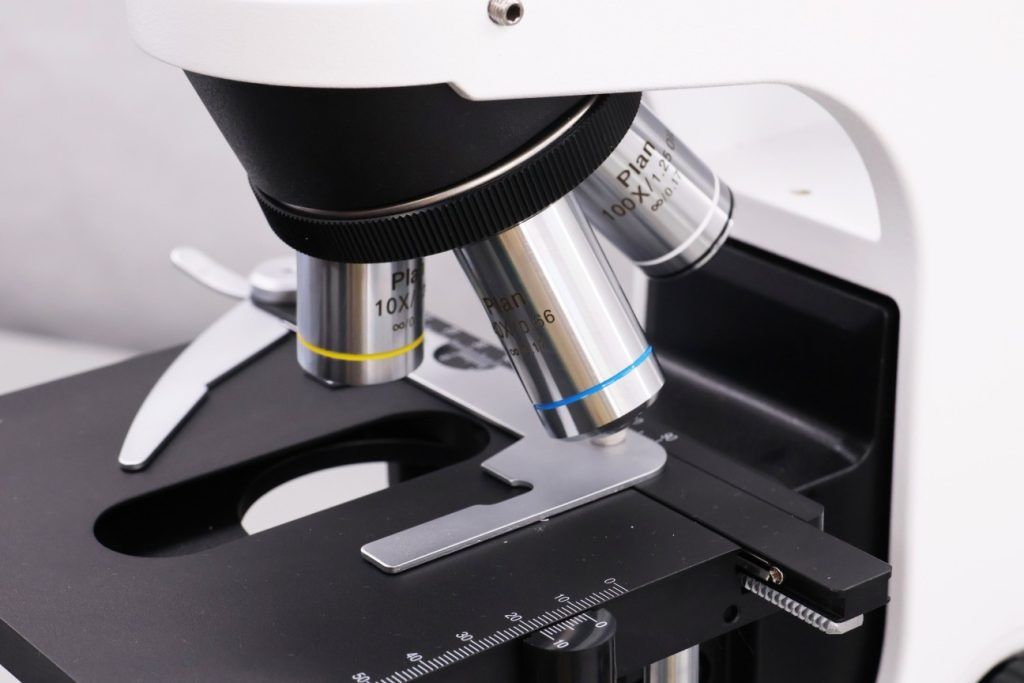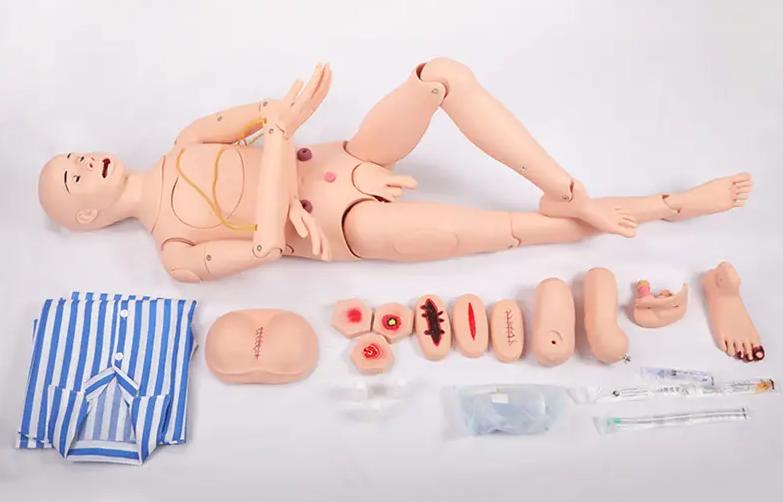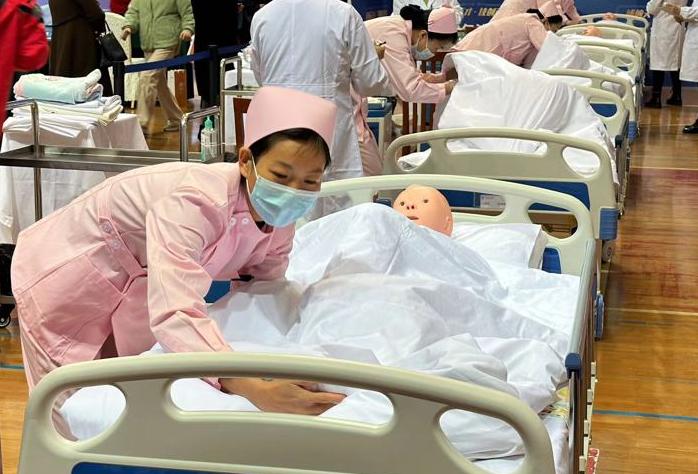This website uses cookies so that we can provide you with the best user experience possible. Cookie information is stored in your browser and performs functions such as recognising you when you return to our website and helping our team to understand which sections of the website you find most interesting and useful.
What Is the Magnification Range of a Metallurgical Microscope?
What Is the Magnification Range of a Metallurgical Microscope?
What Is the Magnification Range of a Metallurgical Microscope?
What Is the Magnification Range of a Metallurgical Microscope?
What Is the Magnification Range of a Metallurgical Microscope?
What Is the Magnification Range of a Metallurgical Microscope?
What Is the Magnification Range of a Metallurgical Microscope?
What Is the Magnification Range of a Metallurgical Microscope?
Which Microscope Do Jewellers Use?
Choosing the right laboratory microscope can be overwhelming. With countless models, configurations, and features available, from biological microscopes to digital microscopes for laboratory use, it’s easy to get lost. Whether you are a school lab manager, a research scientist, or a clinical laboratory professional, the key is to identify your needs first. At Scopelab, we help you…
What Procedures Can Be Practiced on Medical Manikins?
What Procedures Can Be Practiced on Medical Manikins?
2019 Chongqing Scope Instrument Co., Ltd. All Rights Reserved


